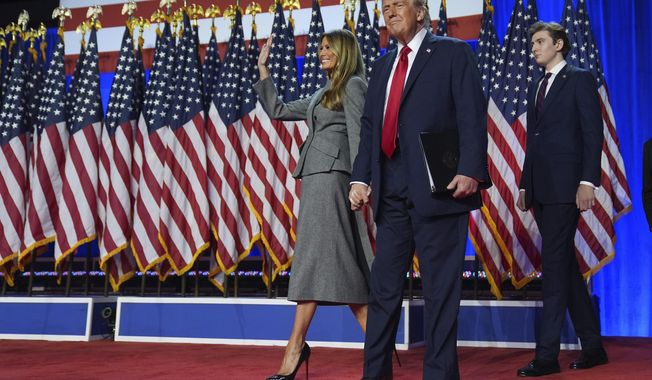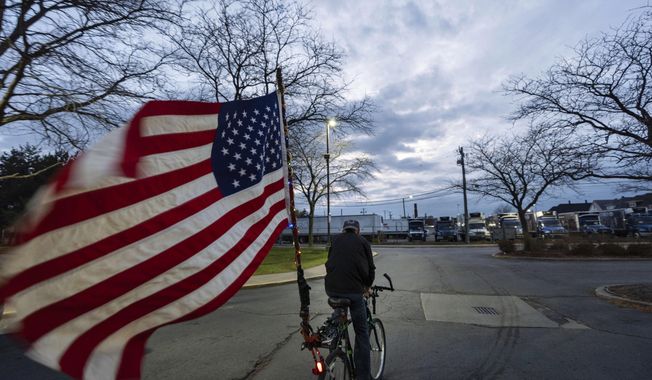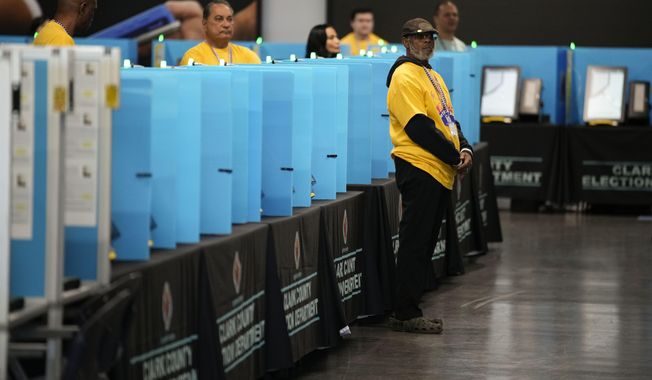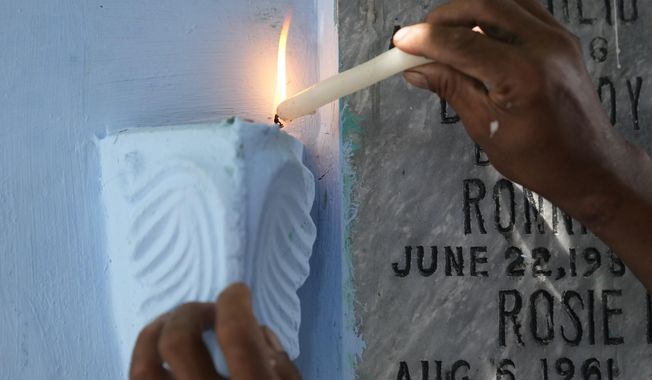
FILE - This July 2, 1964 file photo shows President Lyndon Baines Johnson signing the civil rights bill, in the East Room of the White House in Washington. With Washington mired in congressional gridlock, it’s become trendy in the nation’s capital to long for the days when LBJ could cajole or strong-arm lawmakers on both sides of the aisle into backing his legislative priorities. Implicit in those bouts of nostalgia is a sentiment that frustrates President Barack Obama and his advisers: the notion that the current commander-in-chief could break Washington’s logjam if only he emulated Johnson’s hands-on approach to dealing with Capitol Hill. Standing from left, are: Sen. Everett Dirksen, R-Ill; Rep. Clarence Brown, R-Ohio; Sen. Hubert Humphrey, D-Minn; Rep. Charles Halleck, R-Ind; Rep. William McCullough, R-Ohio; and Rep. Emanuel Celler, D-NY. (AP Photo, File)
Featured Photo Galleries

Trump Transition: Here are the people Trump has picked for key positions so far
President-elect Donald Trump has announced a flurry of picks for his incoming administration. Get full coverage of the Trump transition from The Washingon Times.

Trump dances onstage, takes post-election nation by storm
President-elect Trump dances onstage












